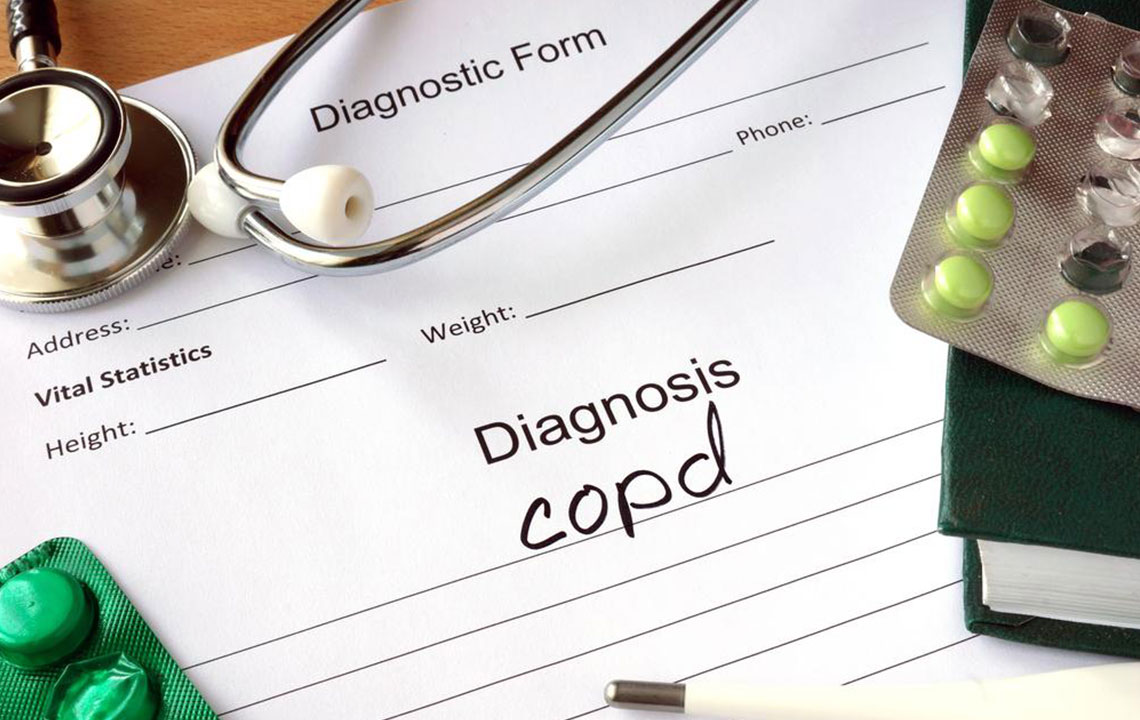Comprehensive Guide to Chronic Obstructive Pulmonary Disease (COPD): Causes, Symptoms, and Prevention
This comprehensive article explores Chronic Obstructive Pulmonary Disease (COPD), covering its causes, symptoms, risk factors, and prevention methods. It emphasizes early detection and management strategies, including lifestyle changes and medical treatments, to improve quality of life and reduce disease impact. With millions affected worldwide, understanding COPD is vital for both patients and healthcare providers to mitigate its severe health consequences.

Understanding Chronic Obstructive Pulmonary Disease (COPD): Causes, Symptoms, and Management
Chronic Obstructive Pulmonary Disease (COPD) is a progressive lung condition that significantly impairs airflow and breathing efficiency. It ranks among the leading health challenges worldwide and is characterized by persistent respiratory symptoms and airflow obstruction that is not fully reversible. This complex disease involves an abnormal inflammatory response within the lungs and excessive mucus production, resulting in airway narrowing and lung tissue damage. Understanding COPD’s underlying mechanisms, risk factors, and management options is crucial for improving patient outcomes and reducing disease prevalence.
COPD encompasses several related conditions, primarily emphysema and chronic bronchitis. Emphysema involves the destruction of alveoli—the tiny air sacs in the lungs responsible for gas exchange—leading to enlarged air spaces that trap air and reduce oxygen intake. Chronic bronchitis, on the other hand, is characterized by long-term inflammation of the bronchial tubes, resulting in a persistent cough and mucus buildup that obstruct airflow.
Globally, COPD ranks as one of the top causes of death, claiming around 3 million lives annually. In the United States alone, it is the third leading cause of mortality, highlighting its widespread impact. Despite its severity, many individuals remain unaware they are affected, underscoring the importance of awareness and early diagnosis.
The Centers for Disease Control and Prevention (CDC) reports that approximately 34 million Americans are living with COPD. The disease primarily affects middle-aged and older adults, with the risk increasing with age and exposure to risk factors. Smoking remains the most significant cause, responsible for approximately 85-90% of COPD cases. Around 50% of smokers show mild symptoms, yet many remain undiagnosed, often because early symptoms can be subtle, such as slight breathlessness or occasional cough.
Prolonged exposure to tobacco smoke causes inflammation and damage to lung tissue, leading to airflow obstruction. Secondhand smoke exposure also contributes significantly to disease development. Other factors include air pollution, occupational dusts and chemicals, and genetic predispositions, such as alpha-1 antitrypsin deficiency. Early cessation of smoking can drastically lower the risk of developing COPD or slow its progression.
Although COPD’s impact is substantial, early detection remains a challenge, as symptoms often develop gradually and are mistaken for normal signs of aging or minor respiratory issues. Common symptoms include a chronic cough, wheezing, shortness of breath during exertion, and mucus production. As the disease progresses, these symptoms worsen, leading to decreased quality of life and increased hospitalization risk.
Proper management of COPD involves a combination of lifestyle changes, medication, and sometimes oxygen therapy. Smoking cessation is the most effective intervention, significantly reducing disease progression and improving lung function. Medications, such as bronchodilators and corticosteroids, help relieve symptoms by opening airways and reducing inflammation. Pulmonary rehabilitation programs are also beneficial, combining exercise, education, and support to enhance respiratory function and overall well-being.
Preventive measures, including avoiding exposure to pollutants and occupational hazards, are crucial in reducing the risk. Regular screening and lung function testing can help detect COPD at an early stage, allowing for timely intervention. Public awareness campaigns and healthcare provider education play vital roles in raising symptom recognition and encouraging early diagnosis.
In conclusion, COPD is a widespread but underdiagnosed disease with serious health implications. Awareness of its causes, early recognition of symptoms, and proactive management strategies are essential for improving patient outcomes and reducing the global burden of this chronic respiratory condition.





